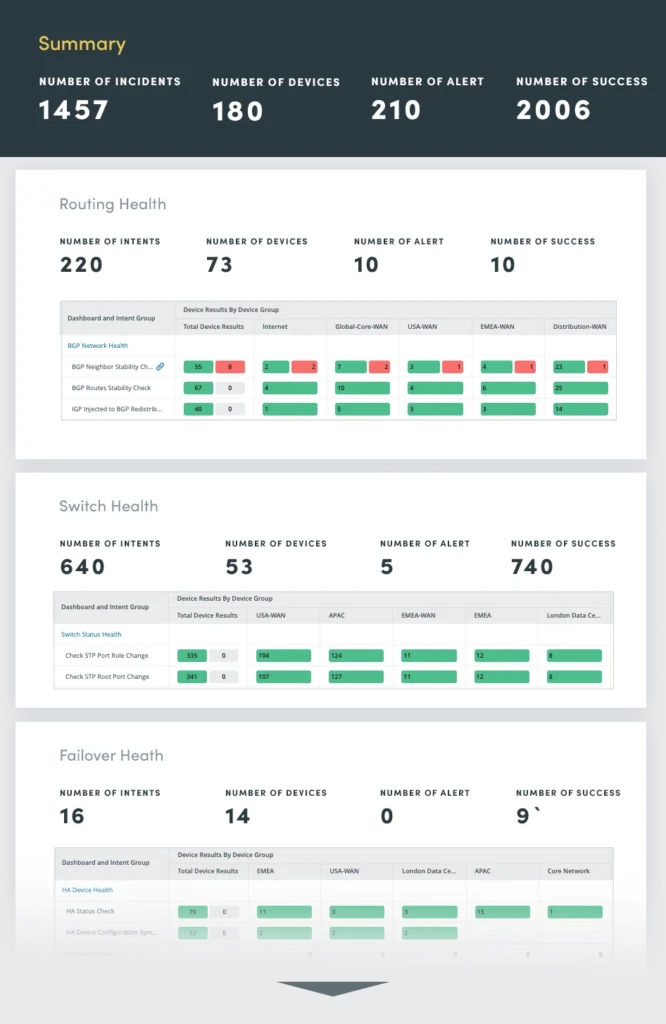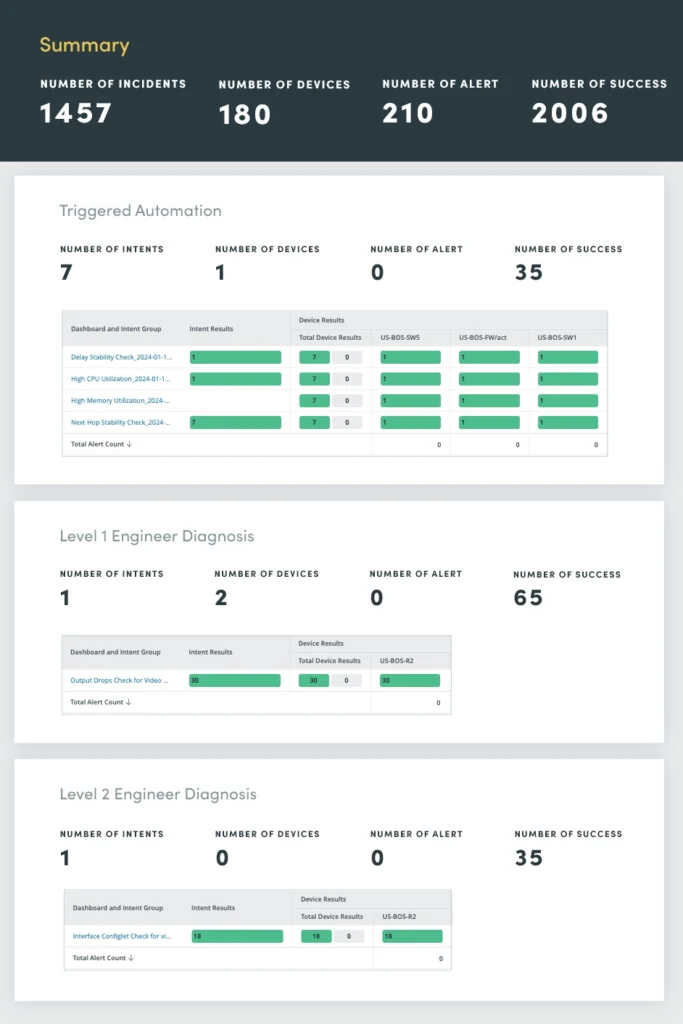What Happens After BGP?
Gaining Full Path Visibility in Hybrid Cloud Networks In the modern enterprise, Border Gateway Protocol (BGP) plays a foundational role in connecting distributed networks. It is the routing protocol that...
Network assessment has always been a hot topic. At first glance, it sounds amazing. It provides insight into what you have and how it operates. The assessment idea is simple: as networks grow and morph over time, it would be highly desirable to have an accurate representation of the entire structure from a documentation point of view to assist in all subsequent operations, including remediation, migration, and growth. That said, realizing that has always been a lofty goal.
NetBrain Next-Gen Release
Apply powerful automation to every incident, every change, every rule enforcement fast
Anyone who has spent their career in IT knows that network assessments have always been a huge and labor-intensive chore, typically involving scores of contracted network engineers trying to decipher and document what they can touch, over long periods of time (measured in months), and due to the labor-intensive nature of conducting assessments, the costs can range into the hundreds of thousands of dollars depending on the scope and scale of what type of assessment is desired. So, what happens is network assessment becomes a once-every-few-years kind of audit or compliance project. It is conducted rarely and then filed away rarely to be seen again in many cases. Even worse, due to the labor-intensive nature of assessments, even when they do occur, very few aspects are assessed, typically the inventory of devices and the hardware-centric connectivity of- in many cases a small sample of devices at that.
But what if that accurate representation of the entire network structure was not only possible but automated? And what if the scope and scale of an automated network assessment were unlimited and could be conducted continuously? If this were possible, it would change the very nature of assessment and transform it from a compliance documentation task to an operational efficiency and outage prevention strategy. It would become the foundation of everything that network operations do.
NetBrain Next Gen Release 3 does just that. It’s an automated way of automatically assessing the performance, health, and status of every aspect of the network and its service delivery capabilities at scale. It uses a no-code interface to capture SME experience and it runs continuously and tirelessly so anything your team can imagine can be assessed across the entire network. In fact, since it runs continuously, it’s actually identifying minor problems before they manifest into production issues. In essence, continuous network assessment becomes your outage prevention plan and the Net-gen automation platform itself becomes your ongoing Day-2 automation resource.
But enough concepts and theories. Here is our 2023 hands-on list of the Top-10 aspects of a network that our customers have told us they are using NetBrain Next-Gen and its Continuous Network Assessment capabilities for:

In the end, continuous network assessment is a game changer. It allows a much more relevant and informed understanding of the network, which has typically grown over many years, and in most cases becomes highly fragile and misunderstood in the process. Network Intents changes all of that since it captures the designers’ goals, and with the ability to assess all of those Network Intents continuously, IT leaders can view their service delivery plans from the top-down, rather than bottom-up. It’s time for Continuous Network Assessment…